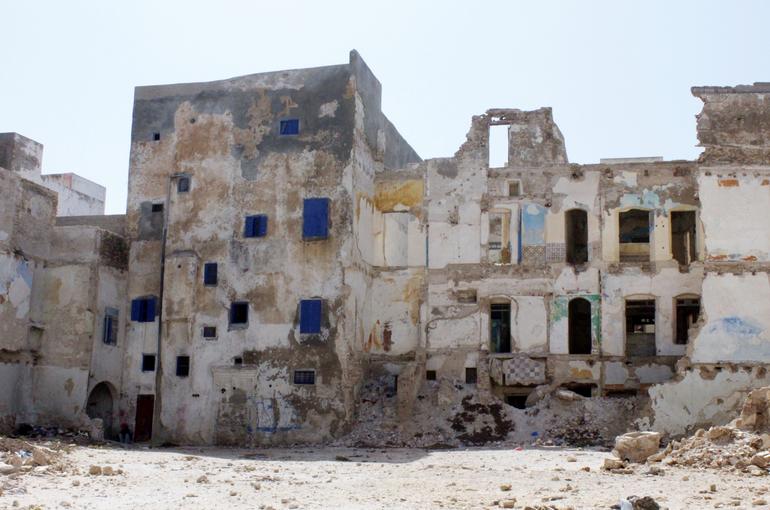
Arriving in the dry heat of Agadir, the windy reputation of Essaouira, about two hundred kilometers further north, seemed promising. Close to midnight, we still found the streets Essaouira’s Medina buzzing with life. We had arrived to record and collect stories and memories about a time when one of Morocco’s largest Jewish communities was still living in the Mellah of Essaouira.
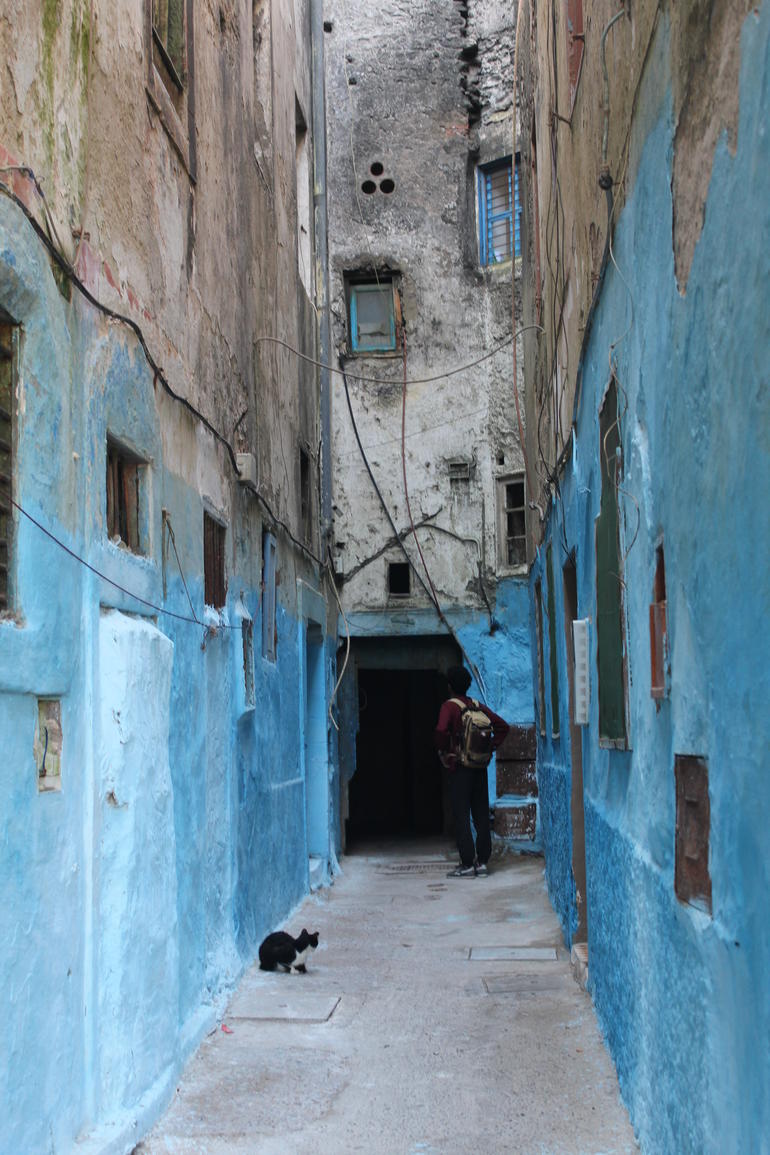
Our first day of on-site research began by exploring the neighborhood on foot and catching up on all the small and big changes. Wandering through the narrow, windy streets almost transported us back to the 18th century. The neighborhood seems almost frozen in time, with ice-cold seawater splashing against the Medina walls and a constant breeze blowing through the labyrinth of narrow streets and alleys. The streets and corners of the Mellah are an amalgam of ruins and a few carefully conserved buildings.
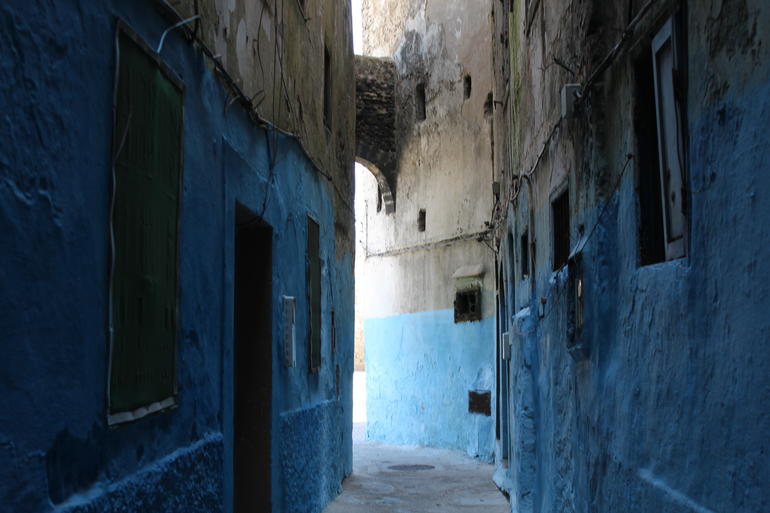
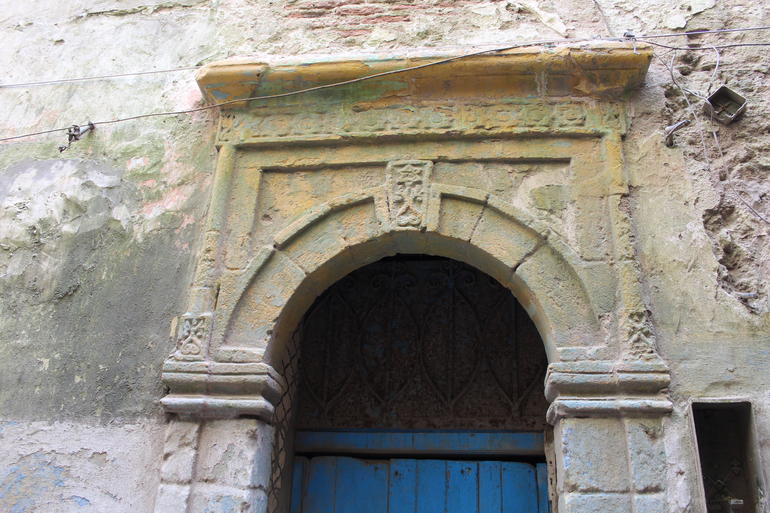
While some locals were guarded, others were welcoming and talkative. More obvious remnants of Jewish identity in the quarter include the Simon Athia (Slat Lkahal) and Haim Pinto synagogues. There are also those traces only visible to the observant eye, like a Star of David in the ornamental decorations of a door. And still other reminders are likely visible only to those who lived when the Mellah’s synagogues were visited by worshippers, not just tourists.
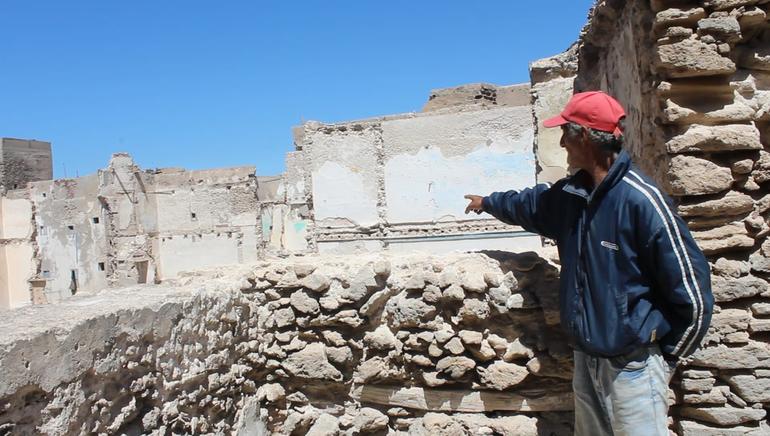
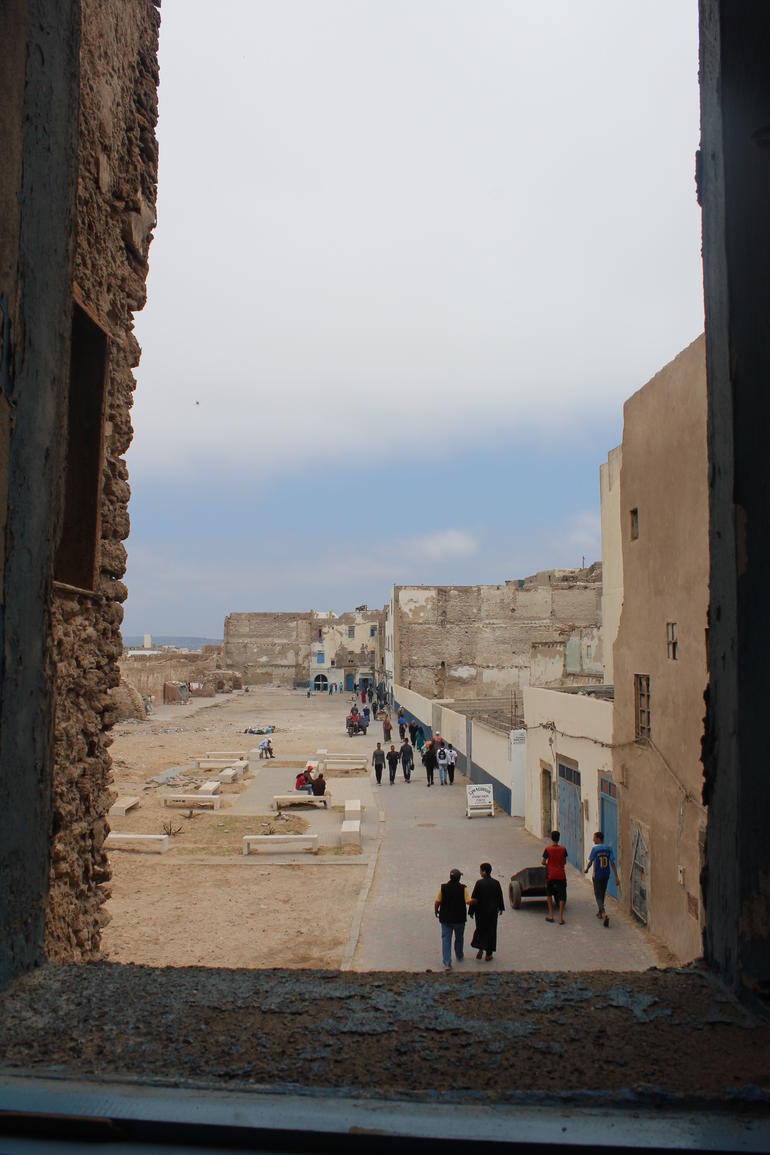
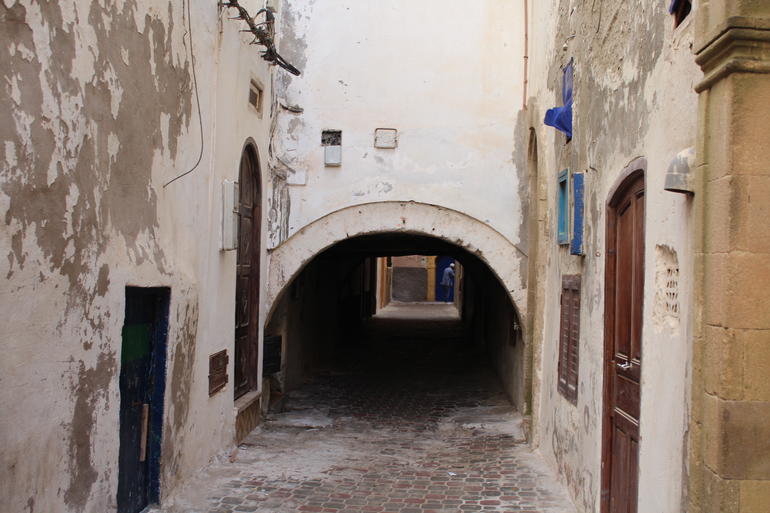
During our visit, we were fortunate to have Ahmed Harouz, a Suiri artist and coordinator of the Association Essaouira Mogador, guide us through the Mellah of his childhood, recalling memories of friends who have long left the city. Harouz grew up in a house shared with a Jewish family in a multi-religious setting. He says there is no Jewish quarter for him, only the city as a whole, shared by all inhabitants despite their different religious identities. As a child he played with children his age and ate at different houses where the respective religious food requirements were known and respected.
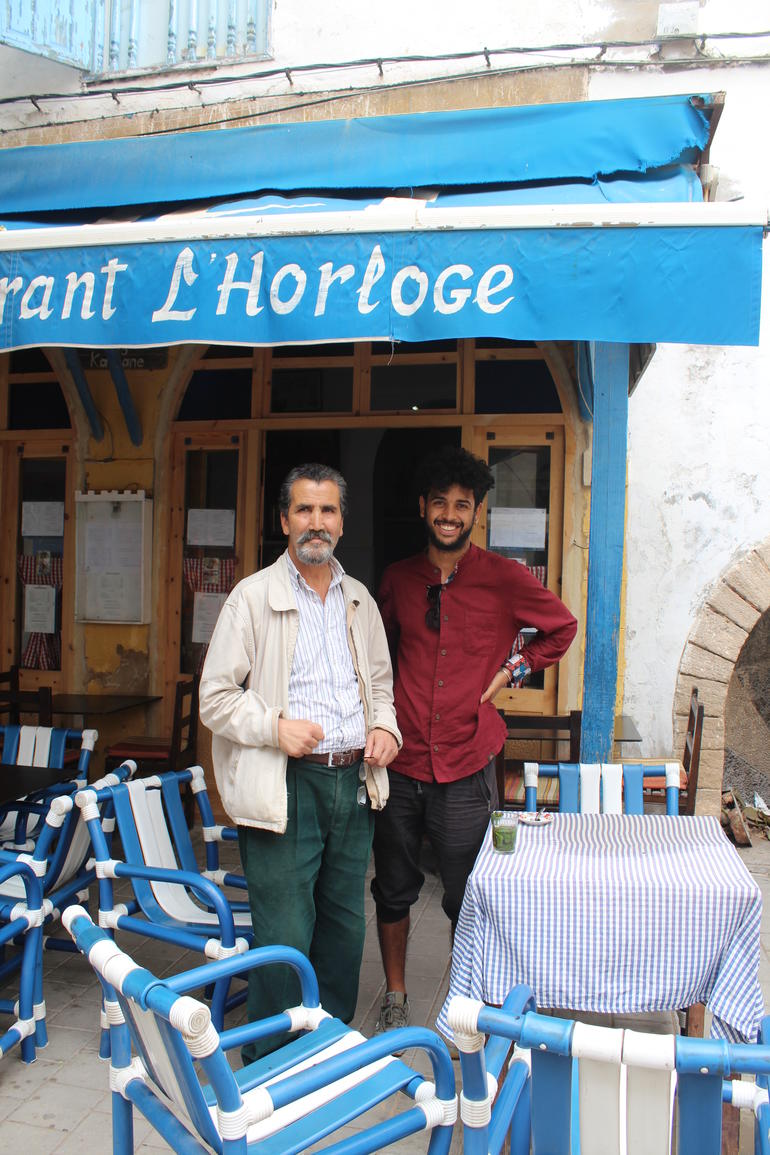
On our tour with Harouz, we learned that there were about 40 smaller family and private synagogues in the Medina, many of them now hidden behind ordinary front doors or transformed into something new. For example, the café L’Horloge is today one of the town’s most popular coffee shops. While most of the interior of the former place of worship has been adjusted to its current use, you can still see the women’s gallery one story above.
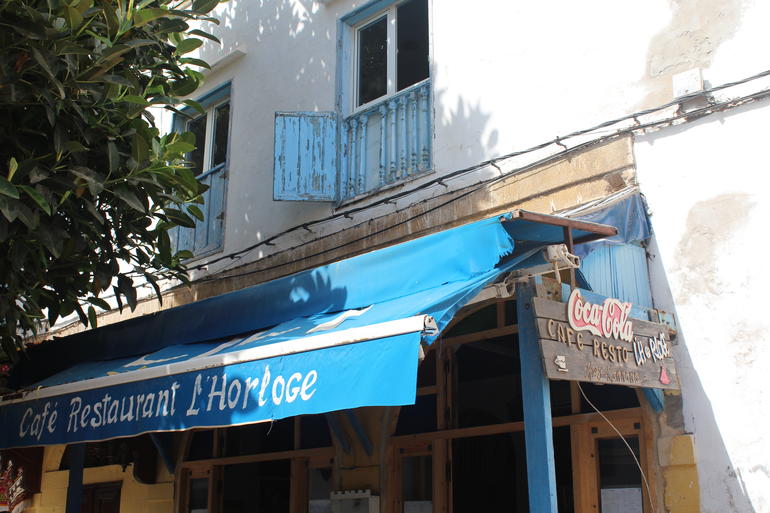
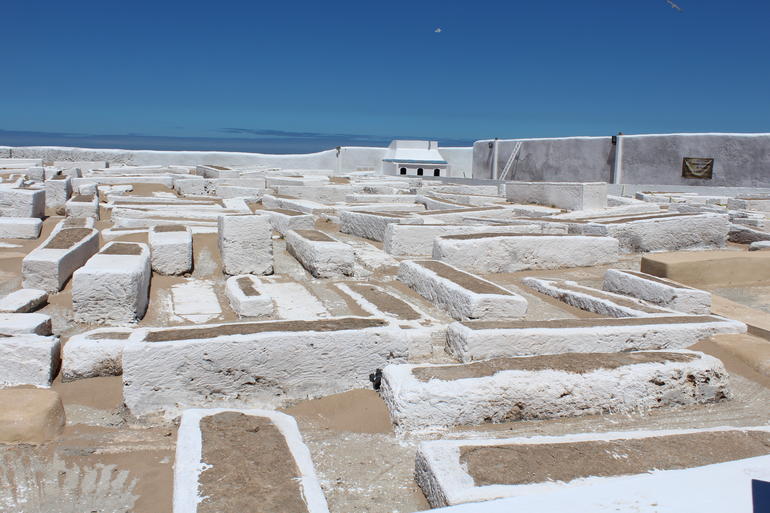
Our research also took us outside the Medina walls to the Jewish cemetery just outside Bab Doukkala. Even though we had been told few Jewish families remain in Essaouira, we found at least one recent burial in 2010. Small stones were placed on others, and candles were lit in one corner of the cemetery, indicating recent visitors.
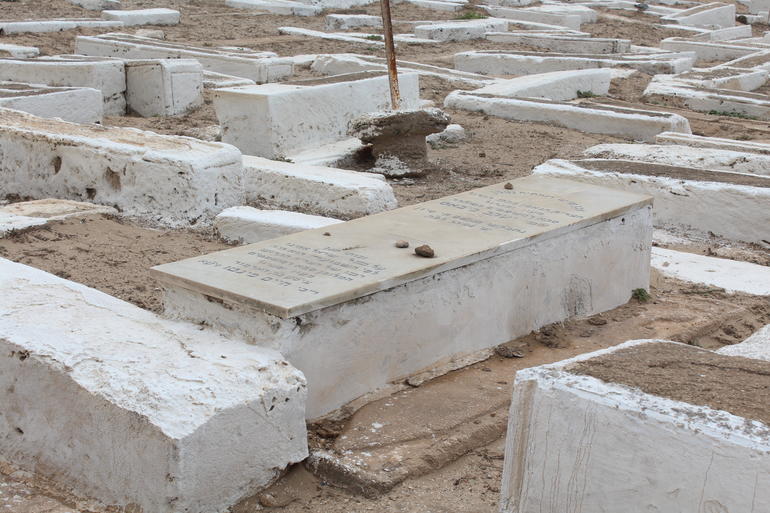
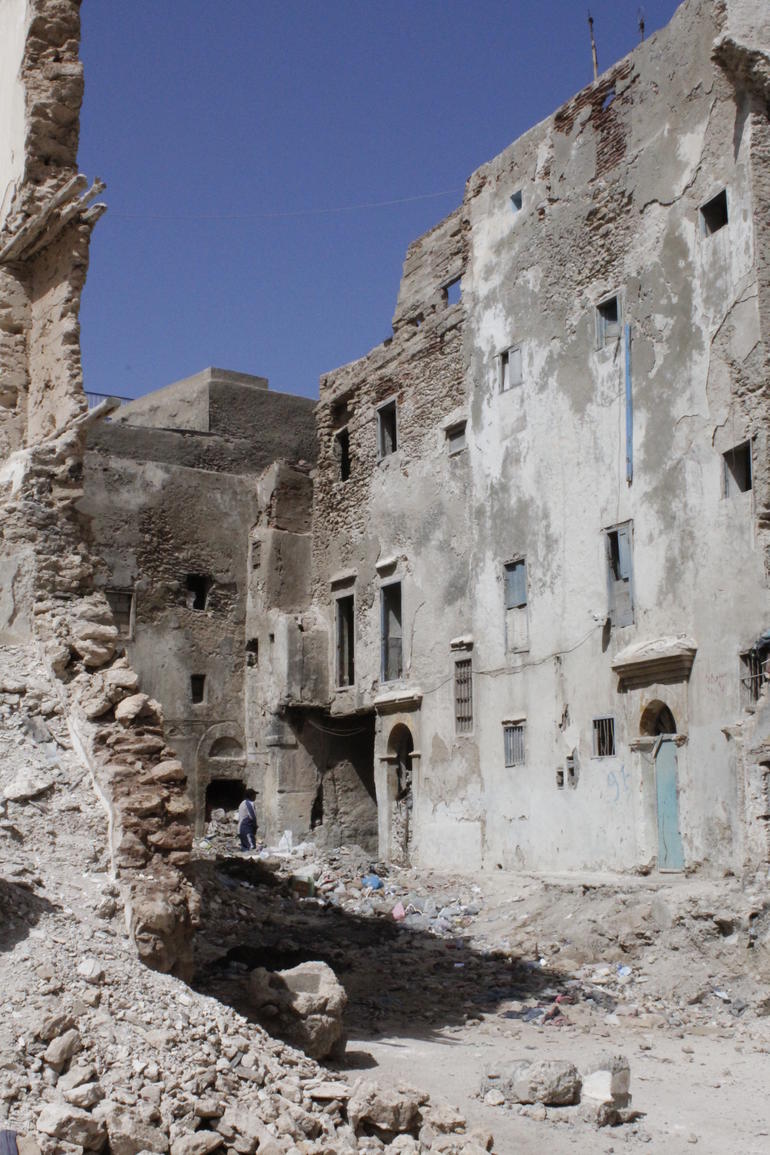
The afternoon spent with Ahmed Harouz was just one of many talks we shared with local residents, shop owners, craftsmen, and visitors to the site. While many of those encounters focused on the past, some were also concerned with more recent developments in the neighborhood, including run-down conditions in some parts of the Mellah and illegal activities that those areas attract. There were also concerns about demolition of residential buildings deemed unstable and unsafe, their inhabitants relocated to apartments outside of the Medina. Some people hope for more extensive conservation and restoration works at the site in order to save the old fabric and allow current residents to stay.
We are excited and eager to continue discovery during our next visit to Essaouira and its Mellah.
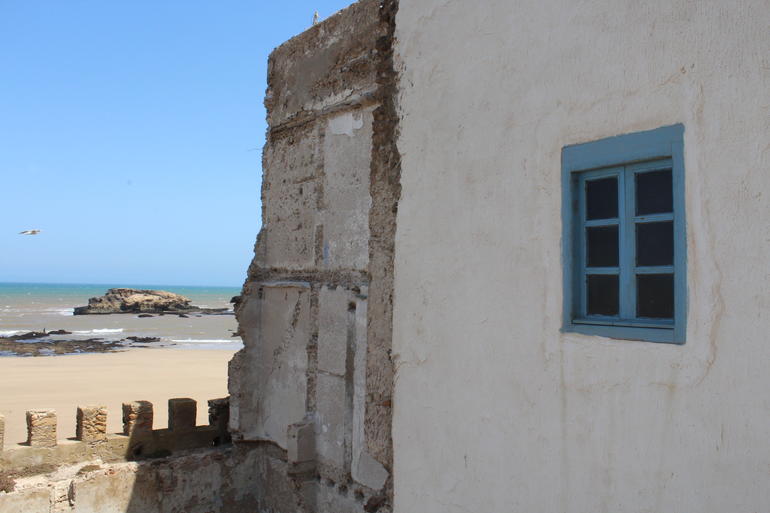
World Monuments Fund is proud to support the documentation of the Jewish Quarter of Essaouira through our Jewish Heritage Program, which helps to ensure a future for treasured Jewish heritage sites. We thank supporters of our Jewish Heritage Program for making this work possible.
Hundreds of Jewish cultural sites around the world are in danger of disappearing forever, but you can make a difference for these irreplaceable sites with your gift. Learn more and join our efforts today!
